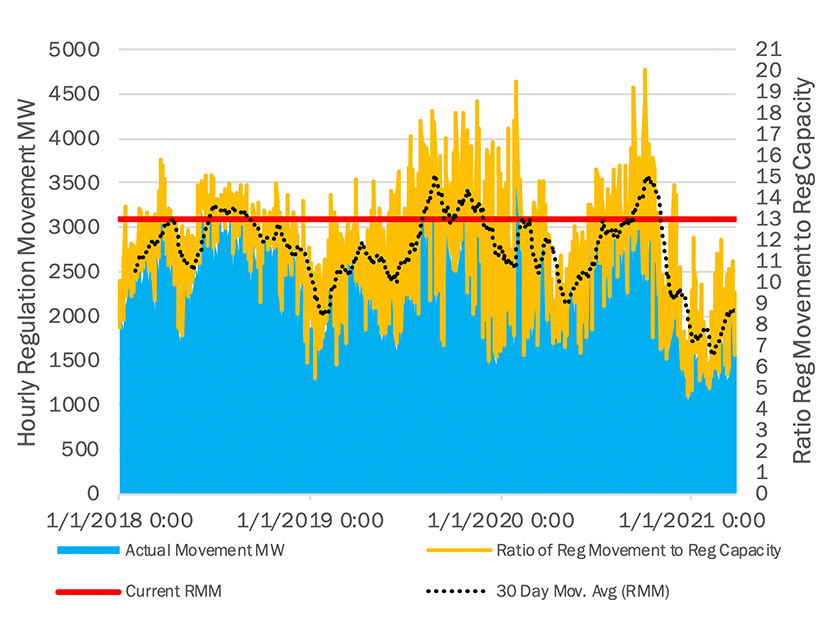The NYISO Business Issues Committee on Monday approved manual revisions to accommodate a slight change to the maximum clearing price calculation for the installed capacity demand curves as part of the 2021-2025 ICAP demand curve reset.
The changes to Section 5.5 of the ICAP Manual clarify the adjusted methodology for translating annual gross cost of new entry (CONE) values to monthly values in the calculation of the maximum clearing price values for the ICAP demand curves, said Ryan Patterson, capacity market design specialist.
“In translating each estimated localized, levelized cost value from an annual value to a monthly value, the ISO’s proposed adjustment accounts for the applicable winter/summer ratio [WSR] and percentage of capacity at level of excess [LOE] used in establishing each ICAP demand curve,” Patterson said.
Applying the WSR and percentage of capacity at LOE provides for improved consistency with the methodology used to translate the annual net CONE values to monthly reference point price values. The resulting monthly gross CONE value is then multiplied by 1.5 to establish the maximum clearing price value for each ICAP demand curve.
Regulation Movement Multiplier Update
The BIC also approved updating the regulation movement multiplier (RMM) for the first time since April 2015 after the ISO observed a recent decrease in the ratio of regulation movement to regulation capacity since Oct 2020.
The change in ratio coincided with automatic generation control software tuning that increases the efficiency with which NYISO procured regulation movement, ISO Operations Analysis and Services Supervisor Tolu Dina said.
The BIC approved changing the RMM from 13 to 8, a change that must be approved by the ISO’s Management Committee and Board of Directors before being filed with FERC.
“There will be little material impacts from this change, but it does help us properly align software to use the correct ratio when evaluating regulation providers’ movement bids when that’s added to capacity offers as well,” Dina said.
Regulation movement is the absolute value of the change in energy or demand reduction over a six-second interval, measured in megawatts, that a regulation service provider is instructed to deliver for the purpose of providing regulation service.
Leadership Change
BIC Chair Matt Schwall is leaving the Independent Power Producers of New York this week to join Eastern Generation, a move that makes him ineligible to continue serving as chair, according to BIC bylaws. Vice Chair John Marczewski of East Coast Power assumes the chair position for the remainder of the year, effective immediately, and the BIC will conduct an election for a new vice chair.

